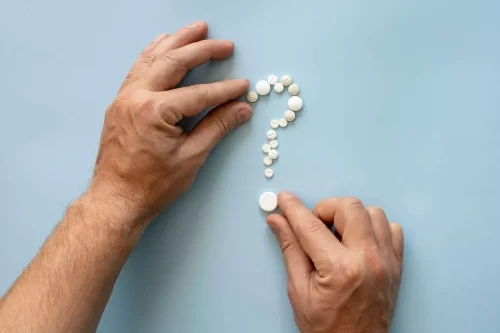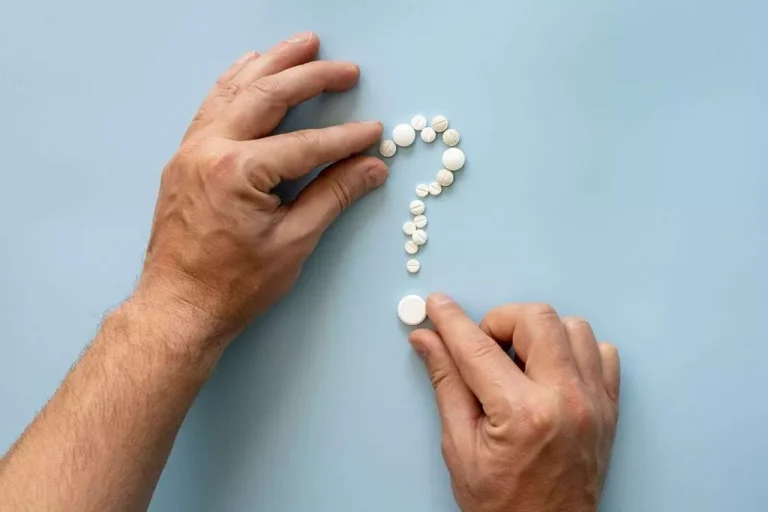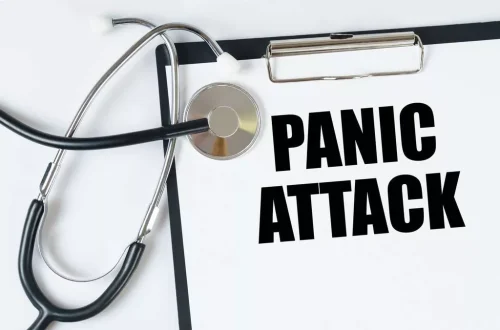8+ Free Homosexual Sex Chat Sites & On-line Homosexual Adult Chat Rooms
November 13, 2024Coomeet Web Review Is Coomeetinternet A Scam Or Legit Examine Coomeetinternet For Fraud And Risk Is Coomeetinternet Safe
November 13, 2024
An alcohol-induced headache typically presents as a pulsating or throbbing sensation, usually on both sides of the head. In this article, we’ll explore the various reasons behind beer-induced headaches and how to prevent them. However, some people are more susceptible to alcohol or could experience an allergic reaction. At higher concentrations of blood alcohol, the drinker might experience hiccups, vertigo, confusion, lethargy, blackouts, vomiting, stupor, coma, and slowed breathing. I’ve spent the last seven years researching and understanding alcoholism, addiction, and how people get sober. Additionally, I examine the way mental and physical health as well as our relationships with others impact the reasons people drink and their role in maintaining sobriety long-term.

How To Test Your Alcohol Limit
- Fortunately, there are plenty of ways to nurse a hangover and prevent more from happening in the future.
- Migraine Again follows strict sourcing guidelines to ensure the accuracy of its content, outlined in our editorial policy.
- When alcohol and sugar are combined, they can result in a severe headache.
- You may also need to avoid certain allergens and allergens in beer, such as barley, yeast, and hops.
- One of the more interesting migraine facts is that triggers are additive.
To do so, it has compounds called sulfite oxidases that create sulfate from sulfite — the 20 milligrams in a glass of wine are unlikely to overwhelm your sulfite oxidases. To do so, it has compounds called sulfite oxidases that create sulfate from sulfite – the 20 milligrams in a glass of wine are unlikely to overwhelm your sulfite oxidases. The term “vascular headache” is now outdated, but it was previously used to describe all headaches that originated with changes to the blood vessels in the head and neck. While the term is no longer used by the International Headache Society, it is still a familiar term for many people. While some of the processes behind alcohol-induced headaches are not always clear, some biological and chemical factors could have an effect.
Dehydration

It is what we generally refer to as a “hangover.” You have probably experienced this at one point in your life. It occurs about 12 hours after taking the https://ecosoberhouse.com/ alcoholic drink, sometimes when you wake up the following day. Yes; hazy IPAs, like Sierra Nevada Hazy Little Thing, have been reported to cause severe headaches. Some individuals claim that hazy IPAs cause more headaches than regular ones. There are even reports of individuals who claim they only have post-beer headaches after taking hazy IPAs.

How To Effectively Manage Emotional Triggers in Sobriety
- Lower-quality wines contain molecules known as phenolic flavonoid radicals, which may interfere with serotonin, a signaling molecule in the brain involved in migraine attacks.
- However, studies have shown that alcohol is a common trigger for migraines, with one study reporting that more than a third of migraine patients identified alcohol as a trigger.
- One of the key culprits behind alcohol-induced headaches is the way alcohol affects blood vessels in the brain.
- A third technique is to reduce the amount of aeration during fermentation, as higher levels of dissolved oxygen can increase the production of fusel alcohols.
This chemical is a vasodilator, which increases the size of blood vessels in the body. In conclusion, Waterhouse and Devi said that grapes exposed to the sun produce more quercetin, which, in turn, is leading those types of red wine to cause greater hangovers. But as Waterhouse and Devi noted, there are many other phenolic compounds in grape skins and seeds — like quercetin — that are causing the hangovers. Waterhouse and Devi measured how quercetin slows down the process of the enzyme ALDH breaking down acetaldehyde, which is produced in the human body when breaking down alcohol. Scientists claim to have cracked the “millennia-old mystery” behind why red wine often leads to headaches. It’s thought the antioxidant assists the body in combating damage from free radicals, linked with chronic diseases like cancer and heart disease.

Drinking copious amounts quicker than your liver can process Alcoholics Anonymous will almost certainly result in a hangover. Your diet also plays a role, as a full stomach can slow the absorption of alcohol. Generally, a headache from a beer can last up to 24 hours to 72 hours.
Understanding the Link Between Alcohol and Headaches
Certain beers can cause a headache due to various factors like higher alcohol content, dehydration, and histamine release during fermentation. Not all beers cause a headache, but some individuals may be more sensitive to certain ingredients or alcohol content in beer. Some alcohol byproducts like congeners can also be why beer gives you headaches. Congeners hinder ethanol’s breakdown, causing the hangover effect to be more substantial and last longer. Congeners also trigger inflammation and stress hormones, worsening the headache. Higher alcohol content in beverages might contribute to headaches, as higher amounts of alcohol can have a more significant impact on the body.
Those susceptible to headaches due to any of the above foods are also more likely to suffer from a beer headache. Additionally, mixing beer why does beer give me a headache and liquor together should generally be avoided as the result is often an unappealing bluish color and a strange taste. Another combination that is generally not recommended is mixing red wine with white wine, because it can produce a strange color and taste. When it comes to mixing alcoholic drinks, personal preference plays a key role as everyone has different tastes. For example, it is generally best not to mix different types of liquor with each other as the result is often unappetizing.
